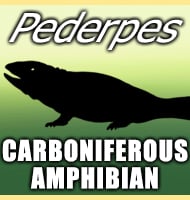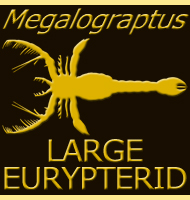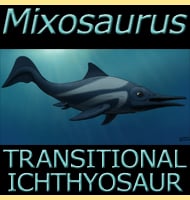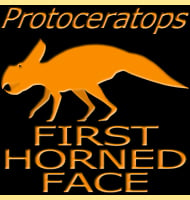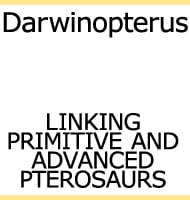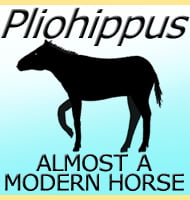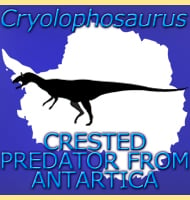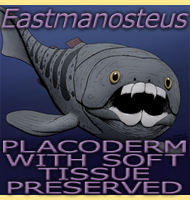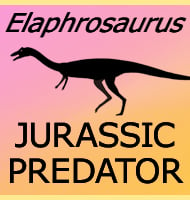In Depth
With a wingspan of at least a hundred and seventy-three centimetres Sericipterus was big for a basal pterosaur.It should be realised that the name which translates to ‘silk wing’ is not a reference to the appearance of the wings, but the fact that Sericipterus comes from an area that had the old ‘silk road’. The Silk Road is a trade route that was used to supply the Middle East and Western Europe with things like silk goods that could not be cultivated where they were, and is a name particularly used when historians talk about the ancient world.
Sericipterus had three small crests on the top of its skull the upper most of which, the parietal crest, is of particular interest as it is the first time that such a crest has been seen in one the basal rhamphorhynchoid pterosaurs. Only the teeth in the upper jaw are well known with only the front pair of teeth in the lower jaw being preserved. Many of the teeth are more fang like and are recurved, meaning that they point towards the back of the mouth. These teeth as well as an inland environment have to the proposition that Sericipterus hunted for small animals.
Further Reading
Further reading- A new rhamphorhynchid pterosaur from the Upper Jurassic of Xinjiang, China, and the phylogenetic relationships of basal pterosaurs. – Journal of Vertebrate Paleontology 30(1):163-187. – B. Andres, J. M. Clark & X. Xu – 2010.

